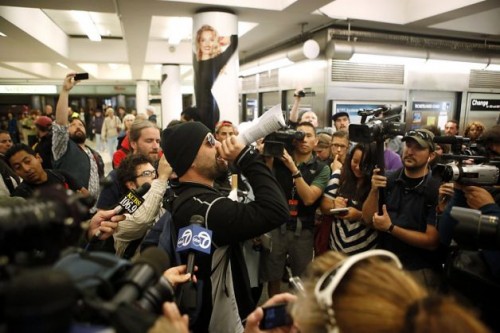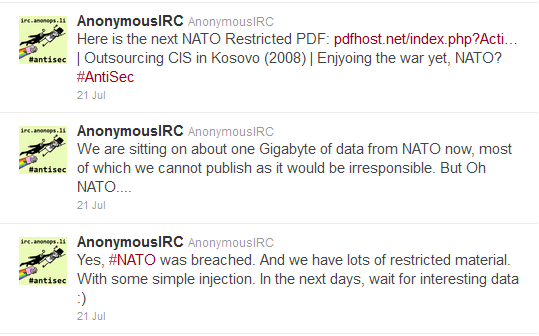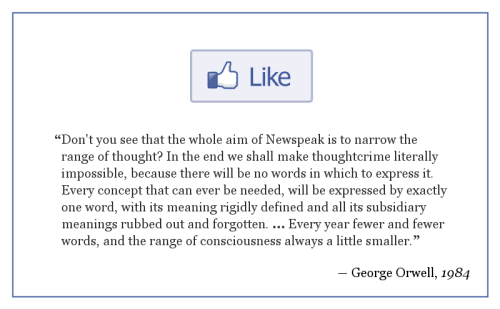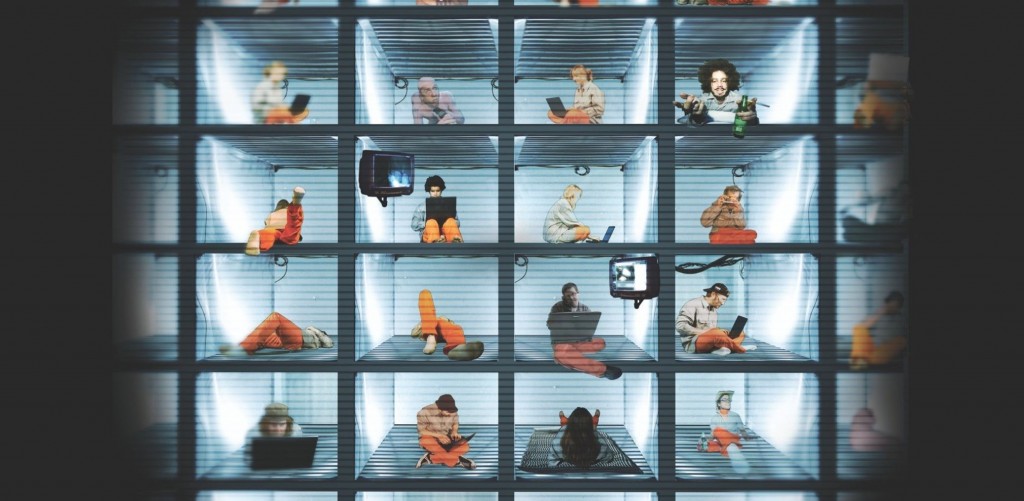 Why is it that authorities are so quick to fear, blame and entirely eliminate electronic communications in the face of unpredictable gatherings of people?
Why is it that authorities are so quick to fear, blame and entirely eliminate electronic communications in the face of unpredictable gatherings of people?
Hosni Mubarak pulled the plug on the Internet during the Egyptian uprising in an attempt to do away with the protesting masses. After the recent riots in the United Kingdom, Prime Minister David Cameron blamed social media and pondered shutting down electronic communications. And, most recently, San Francisco’s Bay Area Rapid Transit (or BART) subway system turned off mobile coverage because there were rumors of protest. Authorities large and small across the globe are worried about people being more connected than ever.
Putting aside the important issue of free speech, I want to ask why BART officials feel that communication technologies are making people less safe in times of confusion? Is it part of a larger knee-jerk reaction to not understand social media and thus be scared of it? Ultimately, disrupting communications in a time of potential crisis to make people more safe is a fallacy; it does just the opposite.








